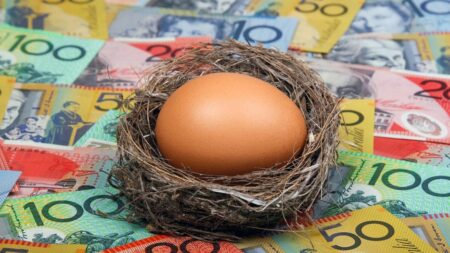A RECENT article in the Australian Financial Review reported that the top Self-Managed Superannuation Fund (SMSF) in 2019 had assets worth more than half a billion dollars. Twenty-seven funds were worth more than $100 million each.
All these funds are producing annual investment returns tax-free and tax benefits worth way in excess of the full rate single Age Pension.
Unfair? You bet, but nice work if you can get it.
But let’s talk not about the top funds. Let’s talk about the ones closer to the middle and the bottom.
Because just as an SMSF is a very effective way of avoiding income and capital gains tax on investment returns if that SMSF is worth millions of dollars, the ones closer to the bottom often have assets producing investment returns that would be tax-free even if those assets were held outside superannuation.
In other words, if you are the trustee of an SMSF, ask yourself the question: do I really need to be in super at all, let alone in an SMSF with its costly reporting requirements and complicated rules.
Another very important consideration is what happens with your SMSF if you are the ‘active’ trustee (doing the admin and making sure tax returns are lodged and annual audits carried out) and you die before your partner.
It is very common for SMSFs to have two members who are married. If the ‘active’ partner dies first, he or she potentially leaves a nightmare behind for the surviving partner.
So, there are very good reasons to ask yourself the question if you need your SMSF, or at what point it would change from boon to burden, particularly if you are of pension age and retired, with your SMSF in pension phase.
If the annual income your SMSF produces is less than $50,119 if you’re single ($83,580 for partnered combined), the Seniors and Pensioners Tax Offset (SAPTO) might make your income tax-free or make your income tax bill lower than your SMSF fees and charges.
There are ifs and buts.
Subject to legislation passing by 1 July 2022, if you are between 70 and 75 and receive a lump sum such as a redundancy pay-out, an inheritance or a lotto win, you will be able to put that into superannuation.
Another example, if you wind up your SMSF and invest your money outside, any subsequent sale of assets may create a capital gains liability.
An alternative to the hassle of an SMSF would be roll funds into an industry fund.
The answer to the question whether to SMSF or not to SMSF may not be easy to answer. Everyone’s circumstances are different. But it’s a question worth asking and to get some professional advice on.
Unless your SMSF holds half a billion dollars, that is.
